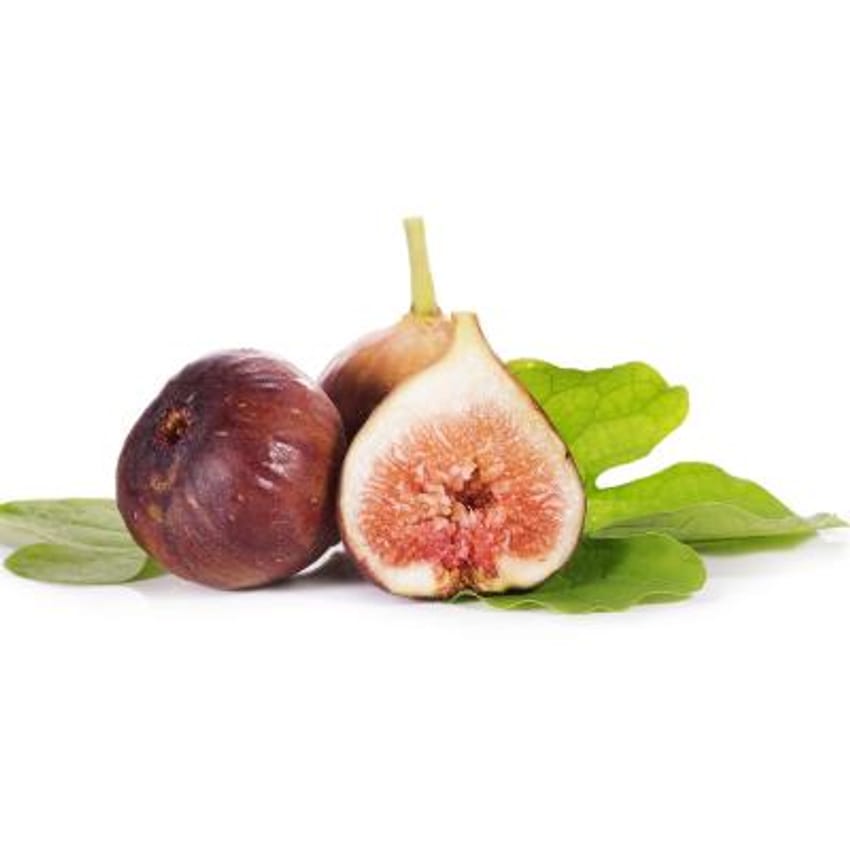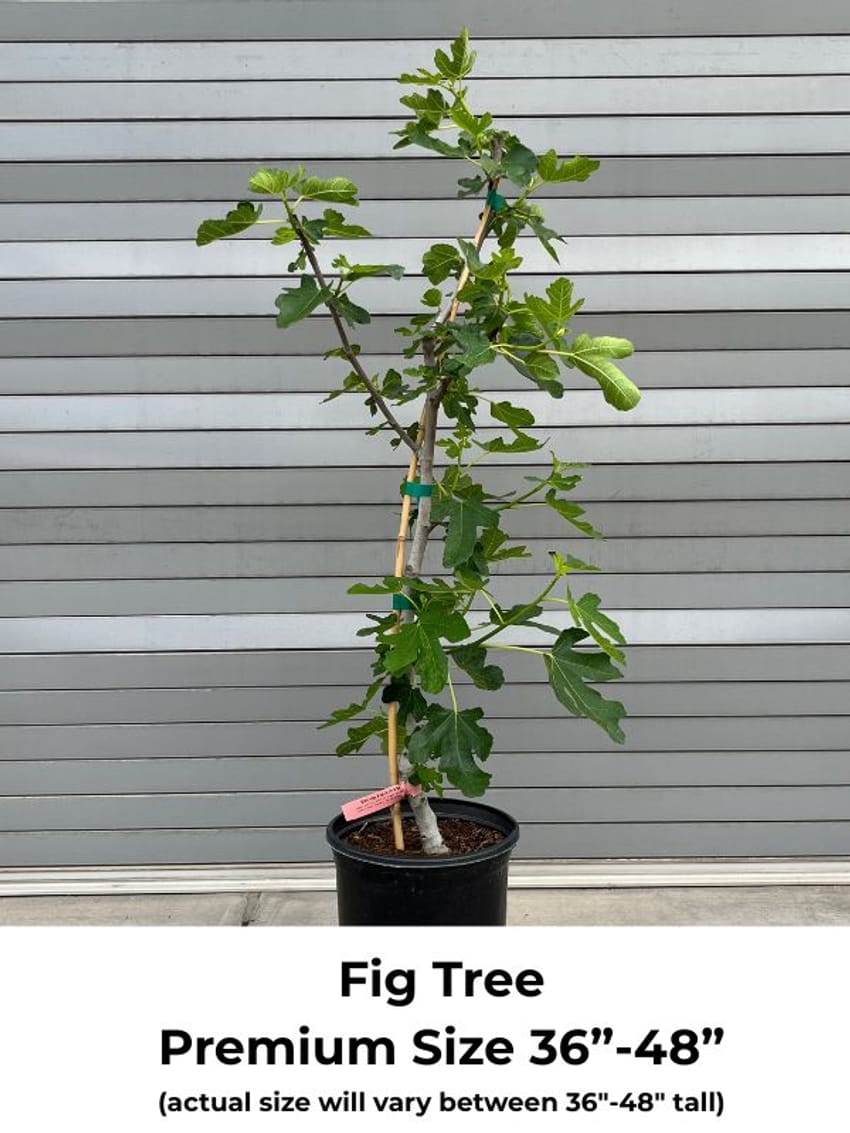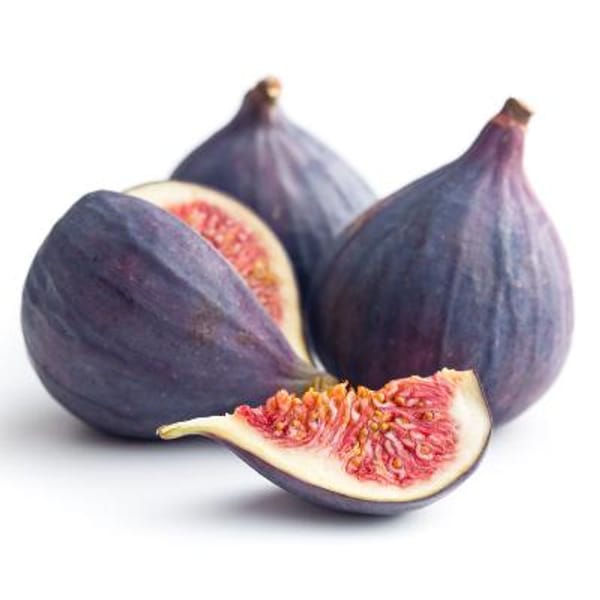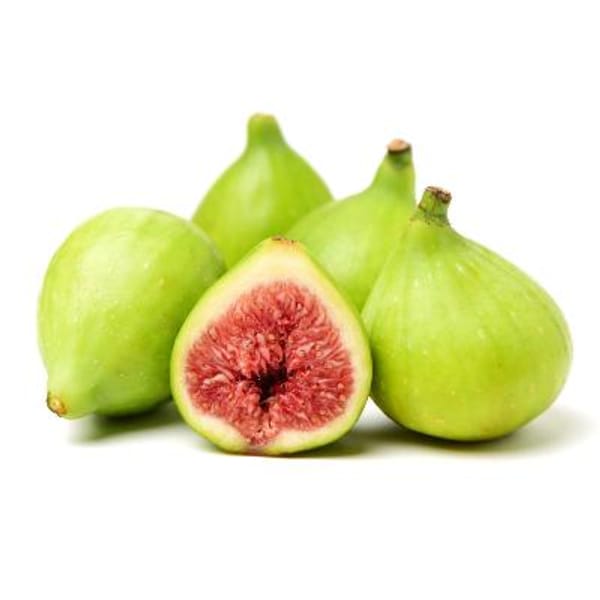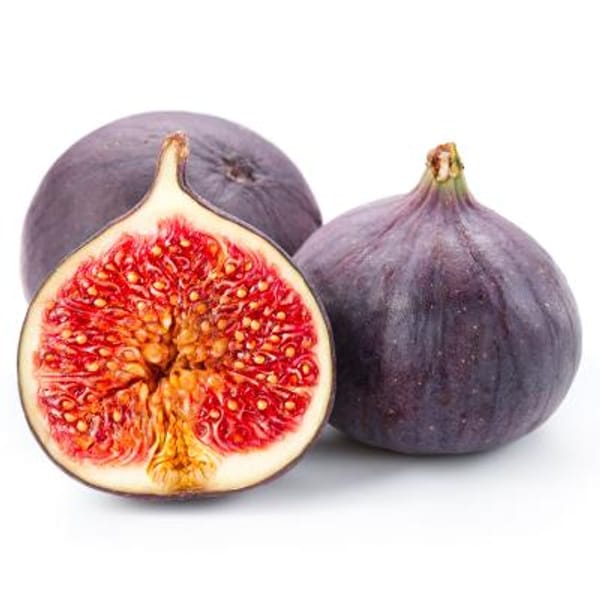- Now available in the Premium 36"-48" size!
- Brown Turkey fig trees can be grown on the coast or inland.
- They are considered cold hardy.
- This is a compact tree, so you can prune them to any shape.
- Self-fruitful
- It grows two crops per year- large breba crop and main crop.
- Brown Turkey is a great choice for containers.
- Height at maturity: 10'-20' in the ground, but can be kept smaller with pruning or if kept in containers
- They thrive in zones 7-10
- Grown from rooted cuttings.
SAVE ON SHIPPING: We can now ship potted fruit trees in MULTIPACK BOXES. Order as a 3-pack or 6-pack to save on the cost of shipping! This includes ALL PRIMO and ENTRY sized citrus, olive, fig, avocado trees and passion vines.

